
Rotterdam-based Studio RAP has transformed a boutique facade in Amsterdam with 3D printed ceramic tiles. The Ceramic House sits along the city’s famous P.C. Hooftstraat shopping street, and according to the firm, “reshapes architectural expression by seamlessly blending tradition and innovation, reintroducing bespoke details to the realm of architecture.”
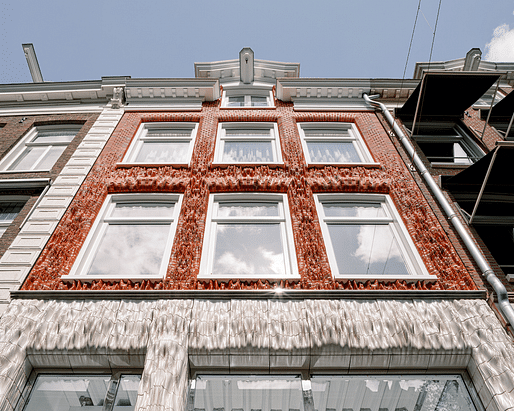
For the project’s design, the firm developed in-house algorithms to reinterpret the existing qualities and language of glazed ceramics in Amsterdam. The resulting facade features intricate layers inspired by textiles, including creases, interloping yarns, and stitch patterns.
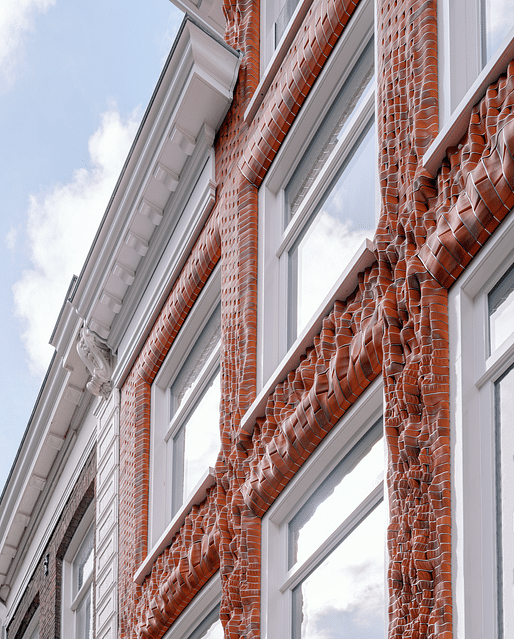
“Its organic, wave-like quality changes as viewers approach the design from different angles,” the team explains. “Gradually, as the line of vision moves, new elements within the custom ceramic tiles are unveiled, resulting in a luxury boutique that harmonizes with its historical environment while standing out among the surrounding buildings.”
Drawing inspiration from the extensive ceramic collection in the Netherlands’ Rijksmuseum, Studio RAP deployed its in-house large-scale 3D printing technology to produce the algorithmically designed details. The studio has previously deployed similar technology in the delivery of a 3D printed passage in Delft which, as we reported in July, also reinterpreted traditional ceramic crafts.
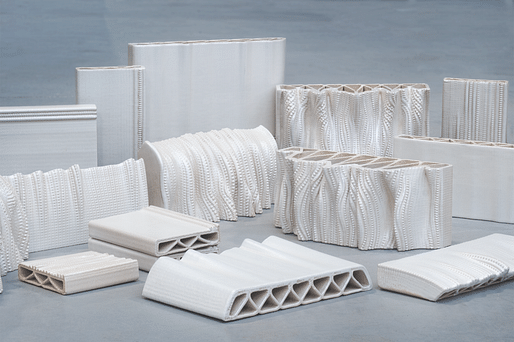
On the street level, the resulting facade sees 3D printed ceramic tiles measuring approximately 16x8 inches each, glazed in pearl white with a subtle touch of yellow by firing and glazing company Royal Tichelaar. According to the firm, the street-level tiles are “designed to be visually expressive at eye level, seamlessly transitioning to a flush alignment as they meet the ground, creating a harmonious and detailed aesthetic.”
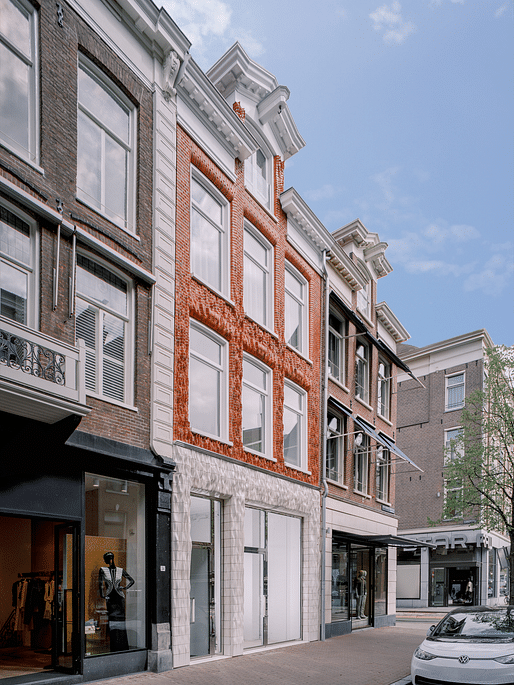
On the upper floors, the composition changes to feature 3D printed bricks glazed in three distinct shades of red. The bricks are arranged alongside the original masonry cross bond, with an abstract ornamentation that fades as the facade rises.
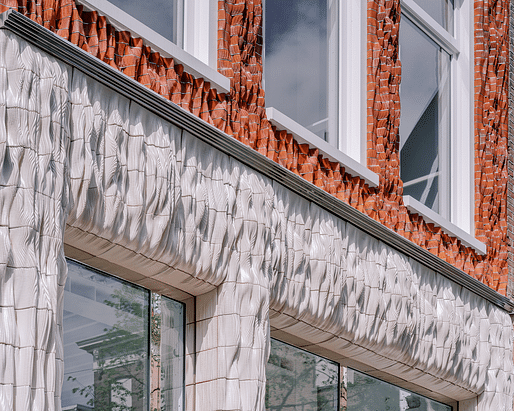
The facade is one of several recent news stories emerging from the world of 3D printing. Last week, we reported on new research by ETH Zurich into 3D printed insulation foam composed of recycled materials, while last month, a 3D printed social housing apartment building began construction in Germany, aiming to become the first of its kind in Europe.
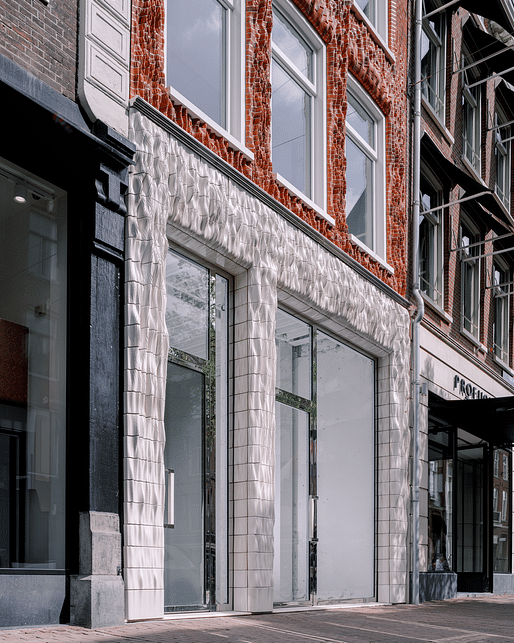
In August, University of Michigan researchers detailed a new 3D printed upcycled sawdust material for formwork, while a Japanese company delivered a 3D printed home that they claim can be bought for the price of a car.
1 Comment
Yey! Thanks for sharing! As a spouse of a renowned ceramic sculptor in Texas, and as a weaver, this really hit home to me. I will share this article with her and with my handweaver's guild! Fascinating!
Block this user
Are you sure you want to block this user and hide all related comments throughout the site?
Archinect
This is your first comment on Archinect. Your comment will be visible once approved.